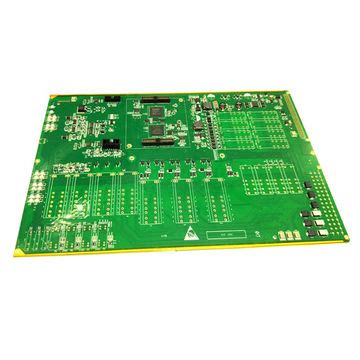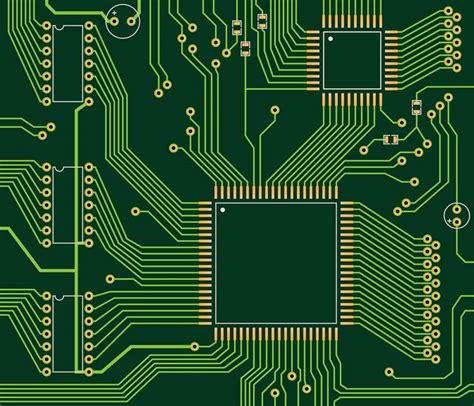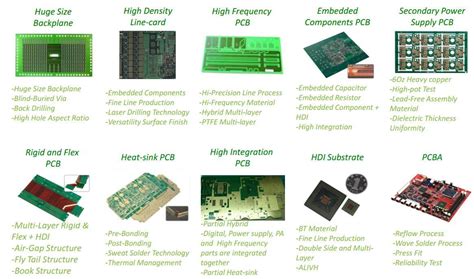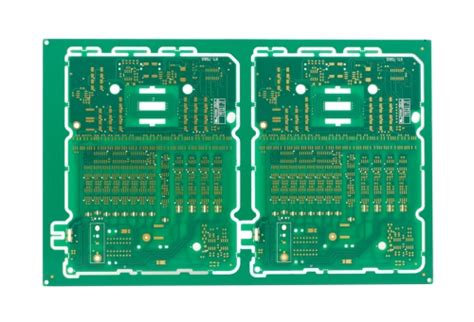FR1 PCB Board: A Comprehensive Guide
Introduction to FR1 PCB Material
Printed Circuit Boards (PCBs) form the backbone of modern electronics, and the choice of substrate material significantly impacts their performance, cost, and application suitability. Among the various options available, FR1 stands as one of the most common and economical materials for PCB fabrication.
FR1 is a composite material consisting of a paper base impregnated with a phenolic resin. The “FR” in its name stands for “Flame Retardant,” indicating its self-extinguishing properties, while the “1” designates it as the original formulation in this category of materials. This substrate has been widely used in electronics manufacturing for decades, particularly in cost-sensitive applications where high-frequency performance isn’t a critical requirement.
Composition and Manufacturing Process
The FR1 PCB material is created through a multi-step manufacturing process:
- Paper Base Preparation: High-quality cellulose paper serves as the core material, providing mechanical structure and thickness.
- Resin Impregnation: The paper is saturated with phenolic resin, typically through a dipping process that ensures complete penetration.
- Curing and Pressing: The impregnated paper is subjected to heat and pressure, causing the resin to polymerize and harden.
- Copper Lamination: A thin layer of copper foil is bonded to one or both sides of the cured substrate under high temperature and pressure.
- Surface Treatment: The copper surface may receive additional treatments to improve adhesion and prevent oxidation.
This process results in a rigid, insulating substrate with good mechanical properties and adequate electrical characteristics for many applications.
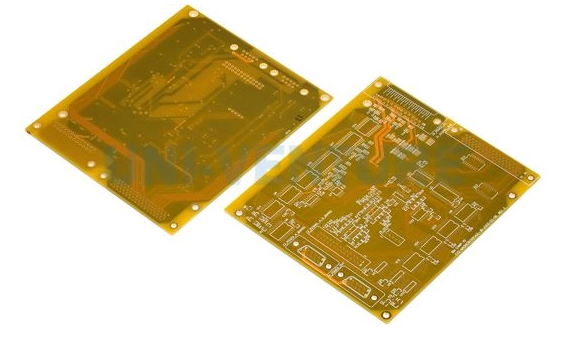
Key Properties of FR1 Material
Electrical Properties
- Dielectric Constant (Dk): Typically ranges between 4.2 and 4.8 at 1 MHz
- Dissipation Factor (Df): Approximately 0.03 to 0.04 at 1 MHz
- Surface Resistivity: >10⁶ MΩ
- Volume Resistivity: >10⁵ MΩ-cm
Thermal Properties
- Glass Transition Temperature (Tg): Around 130°C
- Decomposition Temperature: Approximately 300°C
- Thermal Conductivity: 0.25-0.35 W/mK
- Coefficient of Thermal Expansion (CTE): 13-18 ppm/°C in X-Y axis
Mechanical Properties
- Flexural Strength: 100-120 MPa
- Peel Strength: 1.0-1.2 N/mm
- Density: 1.3-1.5 g/cm³
- Water Absorption: 0.1-0.3% by weight
Flame Retardant Properties
FR1 meets UL94 V-0 standards for flammability, meaning it self-extinguishes within 10 seconds after flame removal and doesn’t drip flaming particles that could ignite other materials.
Advantages of FR1 PCB Boards
- Cost-Effectiveness: FR1 is among the most economical PCB substrate options, making it ideal for high-volume, cost-sensitive applications.
- Ease of Fabrication: The material is easy to drill, cut, and process using standard PCB manufacturing equipment.
- Good Mechanical Strength: Provides adequate rigidity for most standard applications.
- Solderability: The copper-clad surface allows for excellent solderability with common soldering techniques.
- Environmental Resistance: Offers reasonable resistance to moisture and chemicals when properly sealed or coated.
- Flame Retardancy: Meets safety standards for many consumer and industrial applications.
Limitations of FR1 Material
While FR1 serves well in many applications, it does have several limitations:
- Temperature Sensitivity: Performance degrades at elevated temperatures compared to more advanced materials.
- Moisture Absorption: The paper base can absorb moisture more readily than fiberglass-based materials.
- Lower Frequency Performance: Not suitable for high-frequency applications due to higher dielectric loss.
- Dimensional Stability: More prone to expansion and contraction with temperature changes than FR4.
- Through-Hole Reliability: May show weaker plated through-hole reliability in thermal cycling compared to FR4.
Comparison with Other PCB Materials
FR1 vs. FR4
FR4, the most common PCB material, uses a fiberglass-reinforced epoxy resin instead of paper:
- Cost: FR1 is typically 20-40% cheaper than FR4
- Temperature Resistance: FR4 has higher Tg (130-180°C vs. FR1’s ~130°C)
- Mechanical Strength: FR4 offers better dimensional stability and strength
- Electrical Properties: FR4 has lower dielectric loss, making it better for high-frequency applications
- Moisture Resistance: FR4 absorbs less moisture than FR1
FR1 vs. CEM-1
CEM-1 (Composite Epoxy Material 1) is another paper-based material but with a woven glass surface layer:
- Cost: FR1 is slightly cheaper than CEM-1
- Strength: CEM-1 has better mechanical properties due to the glass layer
- Processability: Both are easy to process, but CEM-1 drills cleaner holes
- Applications: CEM-1 is often used as a mid-range option between FR1 and FR4
Typical Applications of FR1 PCBs
FR1 finds use in numerous electronic applications where cost is a primary concern and extreme performance isn’t required:
- Consumer Electronics: Remote controls, simple audio equipment, toys
- Power Supplies: Low-cost AC/DC converters, power adapters
- LED Lighting: Simple LED driver boards and fixtures
- Industrial Controls: Basic control panels and interfaces
- Automotive Electronics: Non-critical interior electronics
- Educational Kits: Electronics learning and prototyping boards
- Appliance Controls: White goods control panels
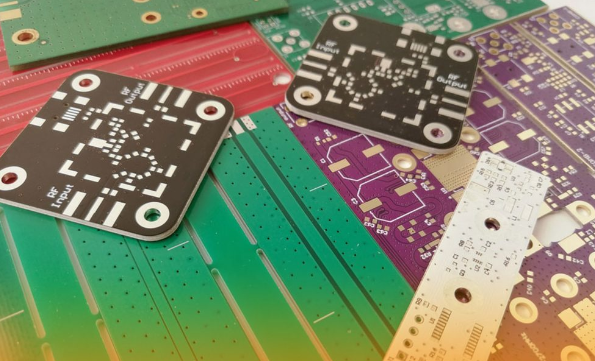
Design Considerations for FR1 PCBs
When designing PCBs with FR1 material, engineers should consider:
- Trace Width/Spacing: Follow standard design rules, typically 0.2mm/0.2mm minimum
- Hole Size: Minimum drilled hole size of 0.3mm is recommended
- Thermal Management: Account for lower thermal conductivity in high-current designs
- Layer Count: Typically limited to 1-2 layers due to material constraints
- Surface Finish: HASL (Hot Air Solder Leveling) is commonly used
- Plated Through Holes: Possible but may have reduced reliability in thermal cycling
Manufacturing Processes for FR1 PCBs
The manufacturing process for FR1 boards follows standard PCB fabrication steps:
- Panel Preparation: Cutting the copper-clad laminate to size
- Drilling: Creating holes for through-hole components and vias
- Patterning: Applying photoresist and etching copper to create circuits
- Plating: Electroless copper deposition for through-hole plating
- Solder Mask Application: Protecting copper traces from oxidation and shorts
- Silkscreen Printing: Adding component labels and identifiers
- Surface Finishing: Applying final surface treatment (HASL, ENIG, etc.)
- Routing: Cutting individual boards from the panel
- Testing: Electrical verification and quality checks
Environmental and Regulatory Compliance
FR1 material complies with several important standards:
- UL Recognition: Typically UL94 V-0 rated for flammability
- RoHS Compliance: Most modern FR1 formulations meet RoHS requirements
- REACH: Compliant with EU chemical regulations
- IPC Standards: Meets IPC-4101 specification for base materials
Future Trends and Developments
While FR1 remains a staple in PCB manufacturing, several trends are affecting its use:
- Material Improvements: Development of enhanced phenolic resins with better performance
- Hybrid Materials: Combinations of FR1 with other materials for specific properties
- Environmental Formulations: Low-VOC and more eco-friendly resin systems
- Niche Applications: Continued use in ultra-cost-sensitive markets
- Competition from Alternatives: Pressure from improved, low-cost FR4 formulations
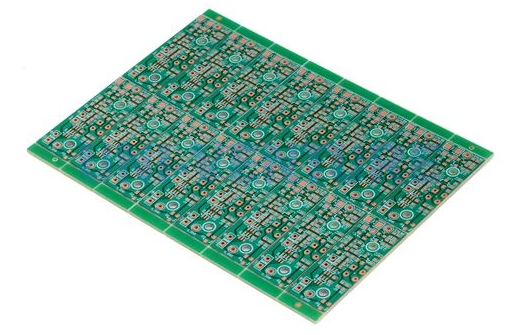
Conclusion
FR1 PCB boards continue to play a vital role in the electronics industry, particularly where cost considerations outweigh the need for advanced material properties. While it may not offer the performance characteristics of more sophisticated substrates like FR4, its economical nature, ease of processing, and adequate electrical properties ensure its continued relevance in appropriate applications.
Understanding the strengths and limitations of FR1 material allows designers to make informed decisions when selecting PCB substrates, balancing performance requirements with budget constraints. As electronic devices proliferate in all aspects of modern life, FR1 will likely maintain its position as a workhorse material for basic circuit board needs.
For applications where extreme performance isn’t required but cost is a significant factor, FR1 remains an excellent choice that has stood the test of time in PCB manufacturing. Its combination of reasonable electrical properties, mechanical stability, and flame retardancy make it a versatile option for a wide range of electronic products.



